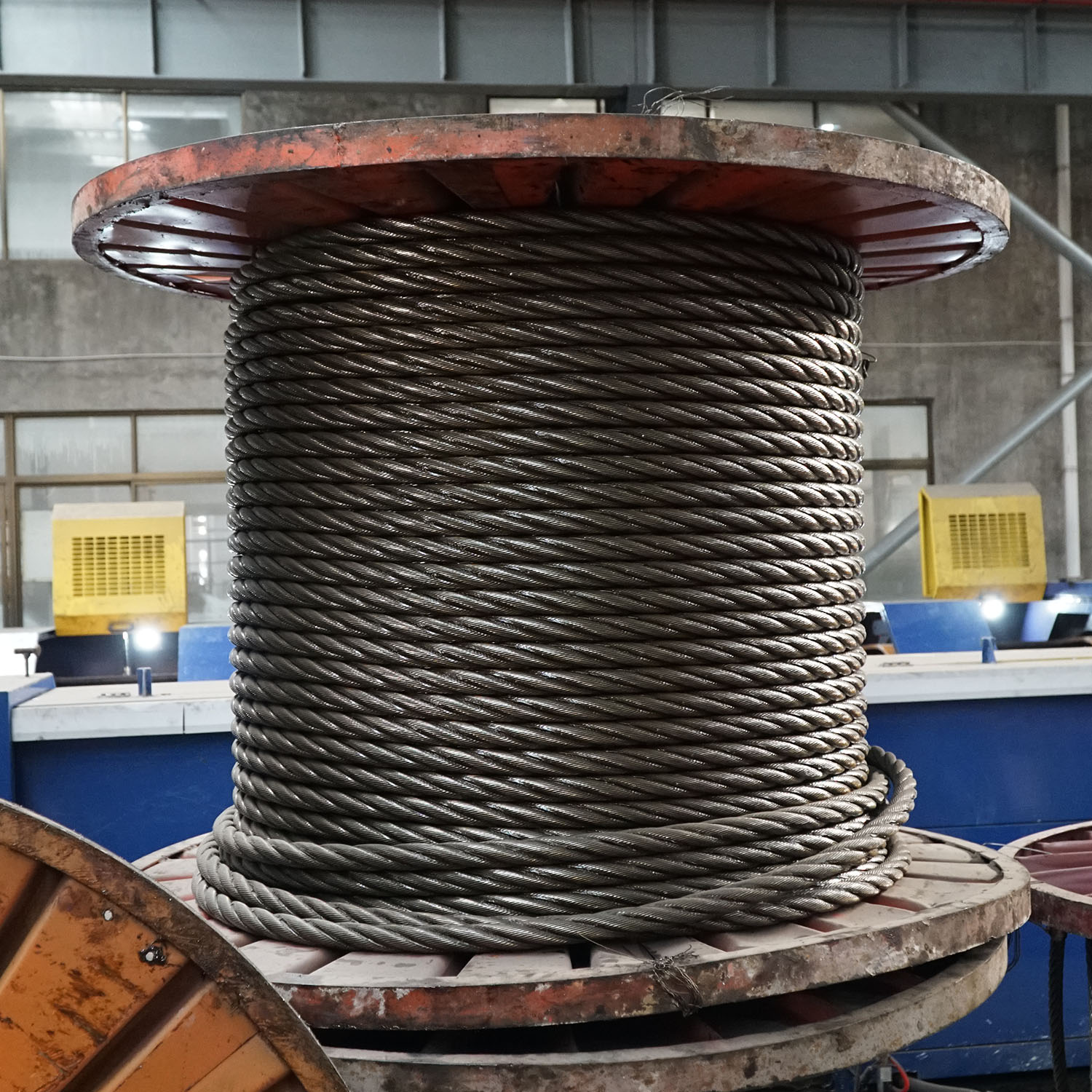Table of Contents
वायर केबल गेज आकार को समझना
अमेरिकन वायर गेज (एडब्ल्यूजी) प्रणाली संयुक्त राज्य अमेरिका में वायर केबल गेज आकार को मापने के लिए उपयोग की जाने वाली मानक विधि है। यह प्रणाली प्रत्येक गेज आकार के लिए एक संख्यात्मक मान निर्दिष्ट करती है, जिसमें कम संख्याएँ मोटे तारों को दर्शाती हैं और उच्च संख्याएँ पतले तारों को दर्शाती हैं। उदाहरण के लिए, 10-गेज तार 16-गेज तार से अधिक मोटा होता है।
तार केबल का गेज आकार सीधे उसकी वर्तमान-वहन क्षमता से संबंधित होता है। मोटे तारों का प्रतिरोध कम होता है और वे अधिक गर्म हुए बिना अधिक धारा प्रवाहित कर सकते हैं। इसके विपरीत, पतले तारों का प्रतिरोध अधिक होता है और वे करंट की मात्रा में सीमित होते हैं जिसे वे सुरक्षित रूप से संभाल सकते हैं। सुरक्षा और दक्षता सुनिश्चित करने के लिए किसी विशिष्ट अनुप्रयोग के लिए उपयुक्त तार केबल गेज आकार का चयन करना महत्वपूर्ण है।
तार केबल गेज आकार चुनते समय, तार के माध्यम से प्रवाहित होने वाली अधिकतम धारा पर विचार करना आवश्यक है। यह जानकारी निर्माता के विनिर्देशों से या किसी इलेक्ट्रिकल इंजीनियर से परामर्श करके प्राप्त की जा सकती है। इच्छित अनुप्रयोग के लिए बहुत छोटे गेज आकार वाले तार केबल का उपयोग करने से ओवरहीटिंग, वोल्टेज गिरना और संभावित आग का खतरा हो सकता है।
वर्तमान-वहन क्षमता के अलावा, तार केबल गेज आकार भी वोल्टेज ड्रॉप को प्रभावित करते हैं। वोल्टेज ड्रॉप वोल्टेज में कमी को संदर्भित करता है जो एक तार के माध्यम से करंट प्रवाहित होने पर होता है। मोटे तारों का प्रतिरोध कम होता है और पतले तारों की तुलना में कम वोल्टेज ड्रॉप का अनुभव होता है। तार केबलों का उचित आकार वोल्टेज ड्रॉप को कम करने में मदद कर सकता है और यह सुनिश्चित कर सकता है कि विद्युत उपकरणों को कुशलतापूर्वक संचालित करने के लिए आवश्यक वोल्टेज प्राप्त हो। यह ध्यान रखना महत्वपूर्ण है कि तार केबल गेज आकार विनिमेय नहीं हैं। बहुत छोटे गेज आकार वाले तार केबल का उपयोग करने से अत्यधिक गर्मी हो सकती है और विद्युत प्रणाली को नुकसान हो सकता है। इसके विपरीत, बहुत बड़े गेज आकार वाले तार केबल का उपयोग करना बेकार और अनावश्यक हो सकता है। विद्युत प्रणालियों की सुरक्षा और प्रदर्शन के लिए सही तार केबल गेज आकार का चयन करना महत्वपूर्ण है। अंत में, विद्युत प्रणालियों को डिजाइन करने और स्थापित करने के लिए तार केबल गेज आकार को समझना आवश्यक है। तार केबल का गेज आकार इसकी वर्तमान-वहन क्षमता, वोल्टेज ड्रॉप और समग्र प्रदर्शन निर्धारित करता है। किसी विशिष्ट अनुप्रयोग के लिए उपयुक्त तार केबल गेज आकार का चयन करके, आप अपने विद्युत प्रणाली की सुरक्षा और दक्षता सुनिश्चित कर सकते हैं। अपने प्रोजेक्ट के लिए सही तार केबल गेज आकार निर्धारित करने और संभावित खतरों से बचने के लिए एक विद्युत पेशेवर से परामर्श लें।

The American Wire Gauge (AWG) system is the standard method used to measure wire cable gauge sizes in the United States. This system assigns a numerical value to each gauge size, with lower numbers indicating thicker wires and higher numbers representing thinner wires. For example, a 10-gauge wire is thicker than a 16-gauge wire.
The gauge size of a wire cable is directly related to its current-carrying capacity. Thicker wires have lower resistance and can carry more current without overheating. In contrast, thinner wires have higher resistance and are limited in the amount of current they can safely handle. It is crucial to select the appropriate wire cable gauge size for a specific application to ensure Safety and efficiency.
When choosing a wire cable gauge size, it is essential to consider the maximum current that will flow through the wire. This information can be obtained from the manufacturer’s specifications or by consulting an electrical engineer. Using a wire cable with a gauge size that is too small for the intended application can Lead to overheating, voltage drops, and potential fire hazards.
In addition to current-carrying capacity, wire cable gauge sizes also impact voltage drop. Voltage drop refers to the decrease in voltage that occurs as current flows through a wire. Thicker wires have lower resistance and experience less voltage drop compared to thinner wires. Properly sizing wire cables can help minimize voltage drop and ensure that electrical devices receive the necessary voltage to operate efficiently.
It is important to note that wire cable gauge sizes are not interchangeable. Using a wire cable with a gauge size that is too small can result in overheating and damage to the electrical system. Conversely, using a wire cable with a gauge size that is too large can be wasteful and unnecessary. Selecting the right wire cable gauge size is crucial for the safety and performance of electrical systems.
In conclusion, understanding wire cable gauge sizes is essential for designing and installing electrical systems. The gauge size of a wire cable determines its current-carrying capacity, voltage drop, and overall performance. By selecting the appropriate wire cable gauge size for a specific application, you can ensure the safety and efficiency of your electrical system. Consult with an electrical professional to determine the correct wire cable gauge size for your project and avoid potential hazards.
